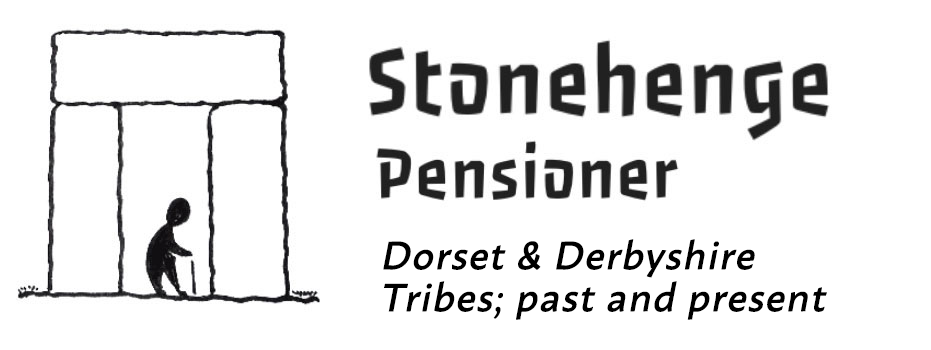Can Humans See In The Dark?
Can humans see in the dark? The answer is probably yes but when do we ever try? I recall doing the 50 mile, Long Mynd Hike in Shropshire. It started at 3pm to ensure that you walked overnight. I was surprised at how good my sight was in the dark. Okay, there was some moonshine and that helped. Walkers would shout out in annoyance if somebody switched on a torch. It took some time to re-adjust to the dark. Why was that?
Rod Cells
The human retina contains both rod and cone cells. The 6 million cone cells work in daylight and colour our world, so let’s dismiss those. The 120 million rod cells help us see in poor light but cannot identify colour. They are slow to adapt to reducing light and can take two hours to fully adjust to darkness. That’s why, when you switch off the light, it takes ages to see anything. There is also a neural connection between the eye and brain. For this to develop, it may be necessary to spend long periods in the dark. None of us do that today. This is why we never ask, can humans see in the dark?
Sleep Banking
I suggested in a recent post that in prehistory, people might have banked sleep in winter and slept less in summer. My book, My Pagan Ancestor Zuri, highlights how the seasons were significant in 2200 BC. Sleep banking is less likely if they were able to function normally in the dark. For certain, there was plenty to do in the dark such as protecting stock from wolves. Did they leave this to dogs or did people stay on guard? It appears that eels and other fish can be caught at night; was night fishing routine? They also appear to have venerated the moon so did that imply working under moonlight, even sowing seed in the eerie glow.
Losing Sight
Another odd piece of information is that exercise helps the eyes. In part, that is by reducing blood pressure and cholesterol. It might also be because movement floats the eyes, keeps them moving as the body vibrates. Zuri’s people were always moving and likely to gain from this. More recently, research is suggesting that at least 50% of people can actually see the movement of their hand in pitch black. Research continues on what this actually means to the individual.
Can humans see in the dark?
As for Zuri, she ate a lot of carrots! Not carrots as we know them but the green tops. These still grow in Friars Cliff and are featured in my walk along the coast. It is a coast that gave them so much, as it does us today.




